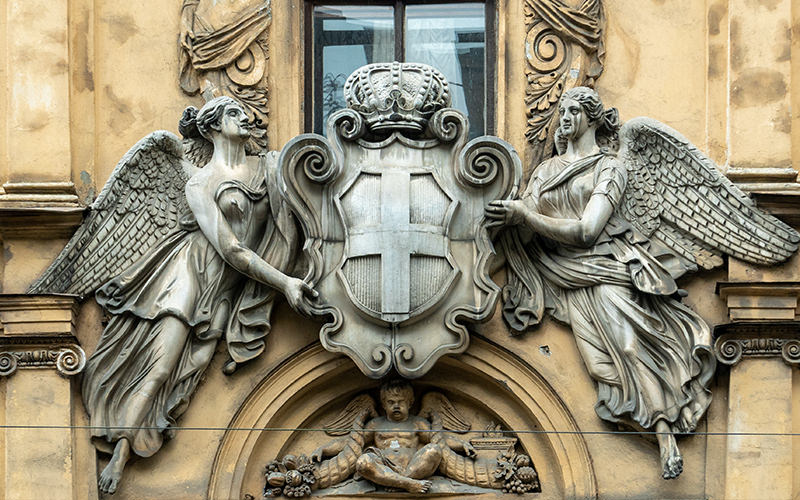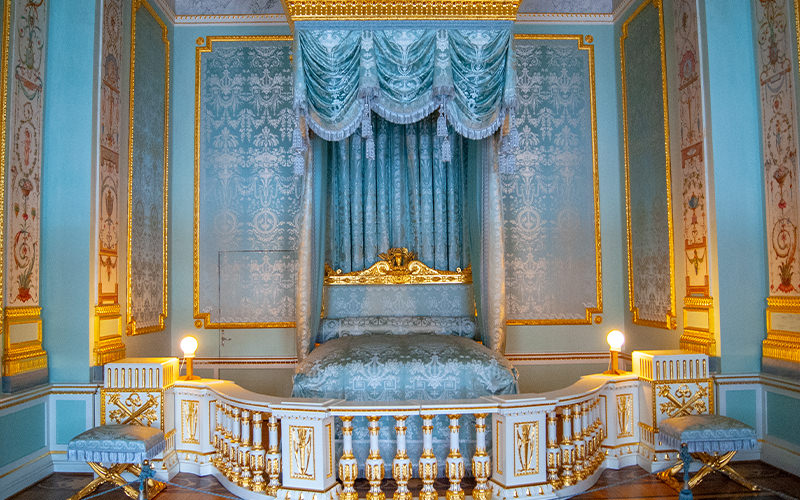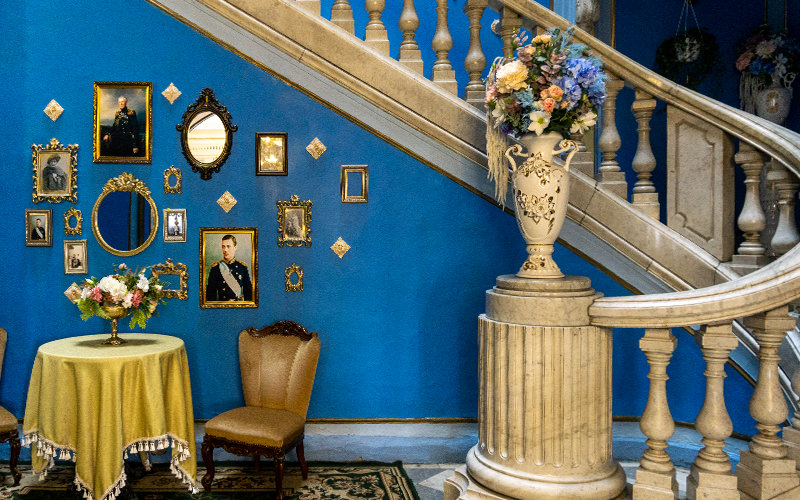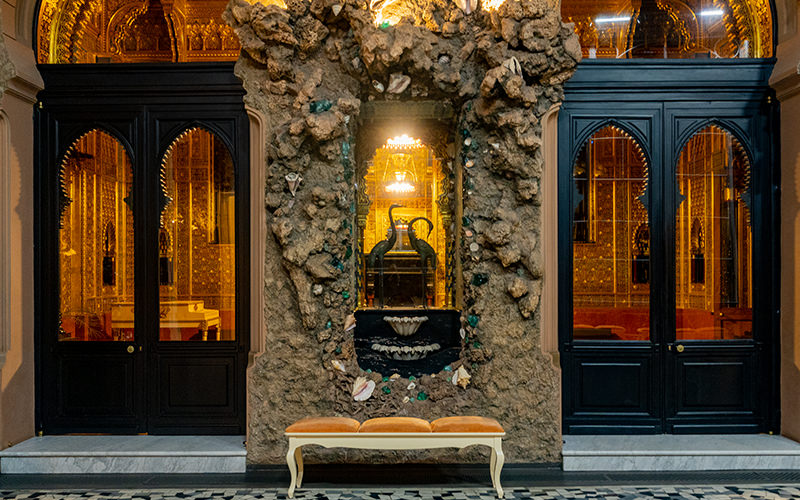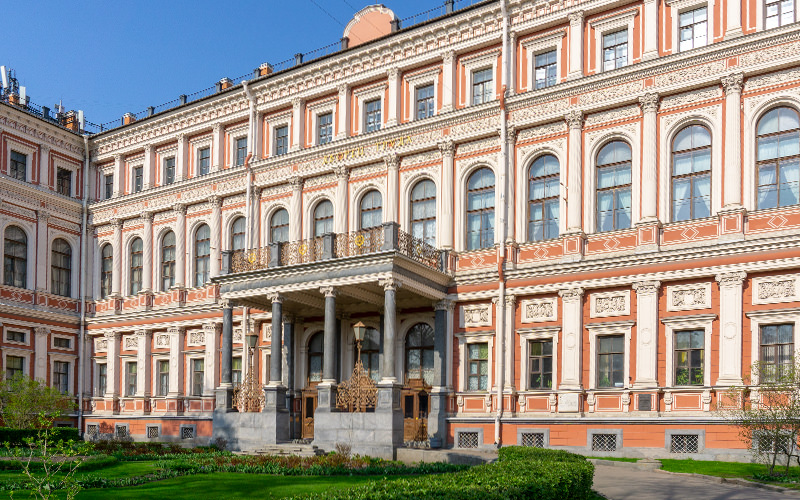The Rumyantsev Mansion is one of the most remarkable buildings on English Embankment in St. Petersburg. Built in the 1740s, it originally belonged to the Golitsyn princes. In 1802, it was acquired by Count Nikolai Petrovich Rumyantsev — an outstanding politician, diplomat, and chancellor of the Russian Empire.
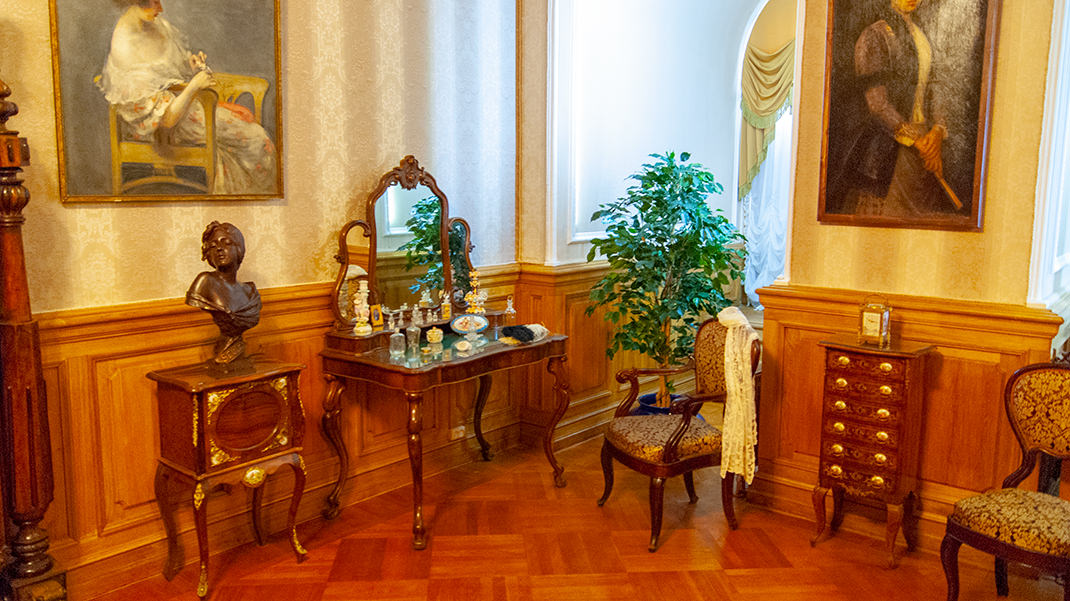
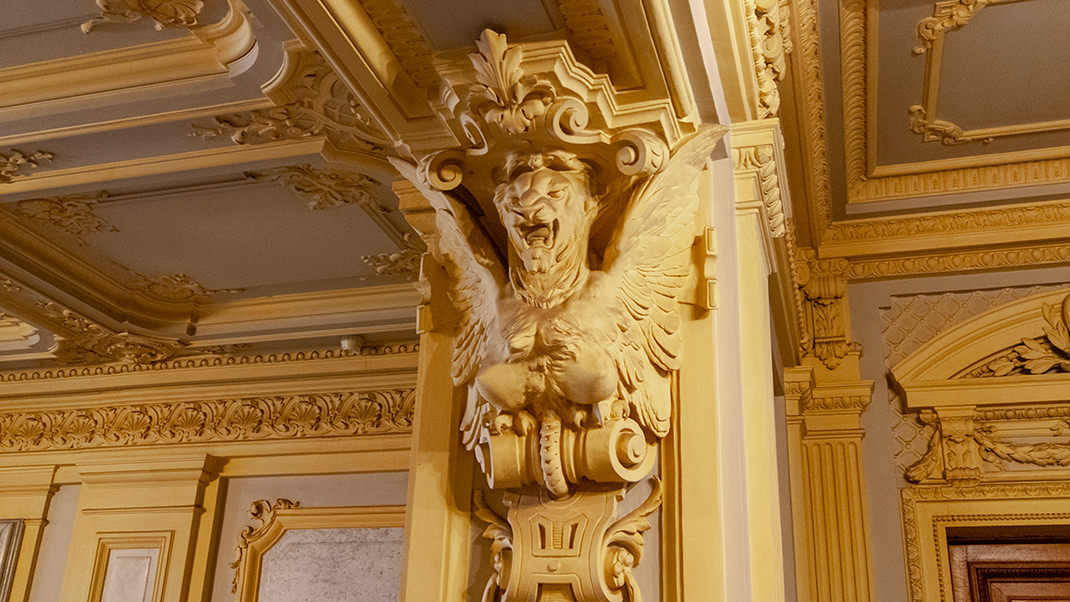
How to Get There by Metro
The closest metro station to the mansion is “Admiralteyskaya” on the violet line. It takes about 25 minutes to walk from there. In bad weather, you can take a bus or trolleybus from the metro to the “Ploshchad Truda” stop.
The cost of an excursion is 300 rubles (as of 2019). Tours are conducted on weekends at 1:00 PM.


A Bit of History
During his diplomatic career, N. P. Rumyantsev amassed a large collection of historical documents, including manuscripts, state acts, and similar items. After retiring in 1814, Nikolai Petrovich was able to fully pursue his passion for studying Russian history. He managed to bring together many talented scholars, whose work expanded the collection and led to the publication of several scientific books.
As the collection grew, Nikolai Petrovich decided to reconstruct his mansion and turn it into a museum. The reconstruction was overseen by the talented architect V. A. Glinka. Thanks to him, the mansion acquired a 12-column portico, and the pediment featured a relief of “Apollo-Muses on Parnassus surrounded by the nine Muses and their mother Mnemosyne.”
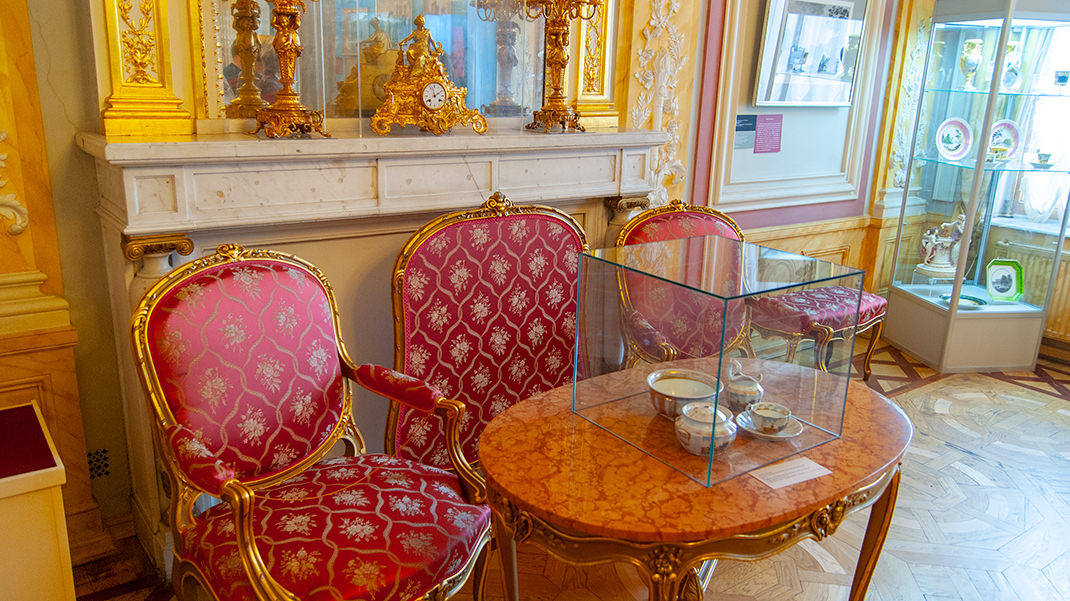
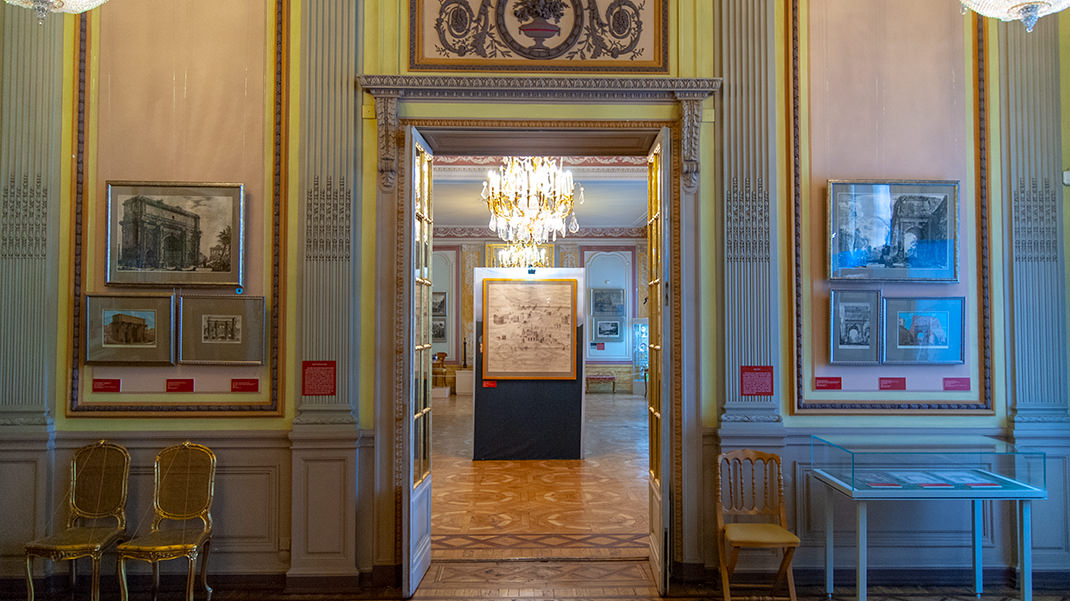
Unfortunately, Nikolai Petrovich did not live to see the museum's opening; his younger brother, Sergey Petrovich Rumyantsev, completed the project. On May 28, 1831, the mansion opened as the first private museum in Russia, which operated until 1861, after which the collection was transferred to Moscow.
From 1863, the mansion changed hands several times. The last owners were the Dukes of Leuchtenberg, who sold it in 1916 for use as storage facilities. In 1918, the building was nationalized, and from 1938, it housed the Museum of the History of Leningrad. Major restoration work on the grand halls was completed by 2003, with restoration continuing to this day. The Rumyantsev Mansion is now a branch of the Museum of the History of St. Petersburg.
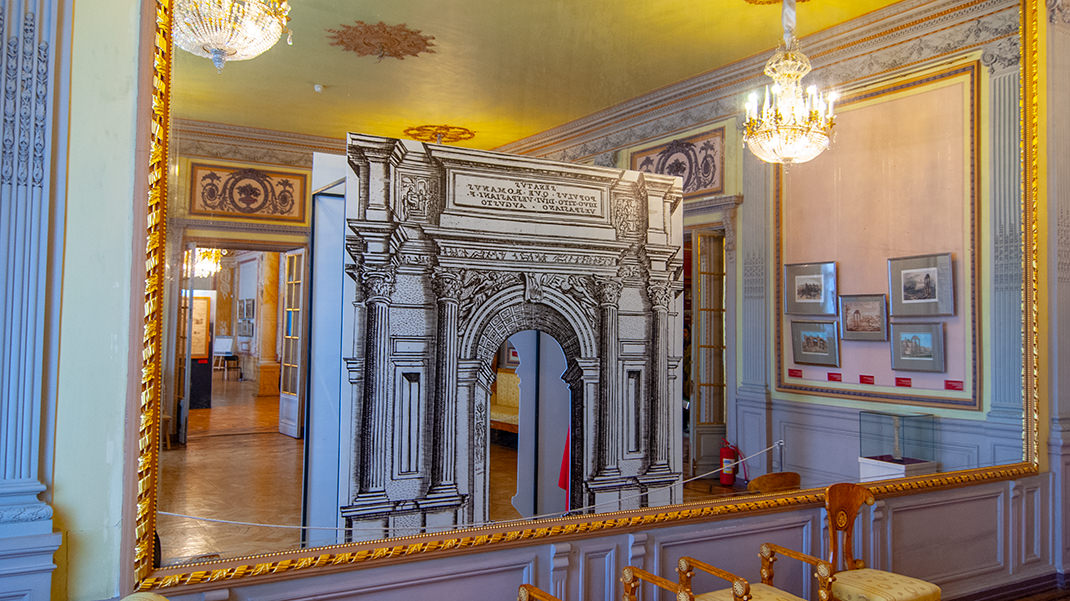
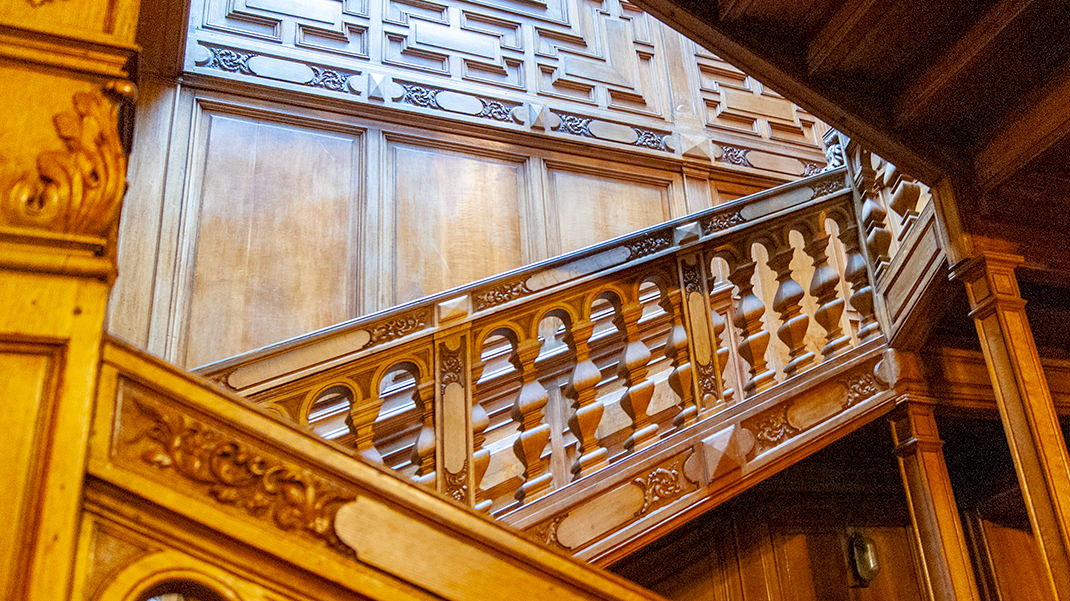
Excursion
As with many historical buildings, the tour begins near the grand staircase. Here, we were given a bit of history about the mansion’s owners and, most importantly, about the mix of styles used in decorating the vestibule and halls. The staircase itself deserves special mention: it seems to float in the air. In reality, the steps are tightly fitted together and attached to a supporting structure inside the wall.
We ascend to the second floor and enter the grand drawing room. Its decoration includes a lot of stucco and other decorative elements. During the Leuchtenberg era, this room was redesigned to suit their passion for luxury and social life.

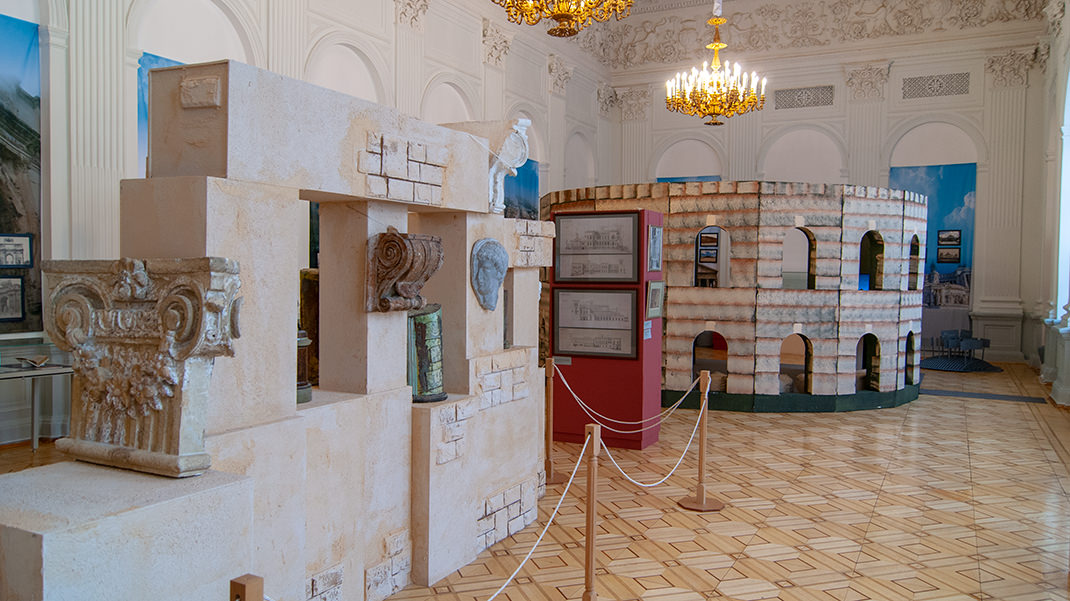
One of the walls was removed to make way for columns. Surprisingly, they are made of wood and painted to look like marble, making it hard to tell the difference. Another interesting feature is one of the walls covered by a large mirror, 18 square meters, installed in 1910, which was the largest single mirror in St. Petersburg.
We then proceed to the White Hall. It was mainly used for musical evenings and balls. With ceilings at 8.5 meters and cassettes, the acoustics are simply magnificent. During the winter, temporary exhibitions are held here, and in warm weather, it can be rented for private or corporate balls. The huge windows offer a view of the inner courtyard, which once had a small greenhouse.
Next, we visit the rooms on the first floor, which can only be accessed via guided tours as they are used by the museum administration. We enter the Moorish Drawing Room — its painted ceiling in Eastern style is simply magnificent, and it's amazing how well it has been preserved.
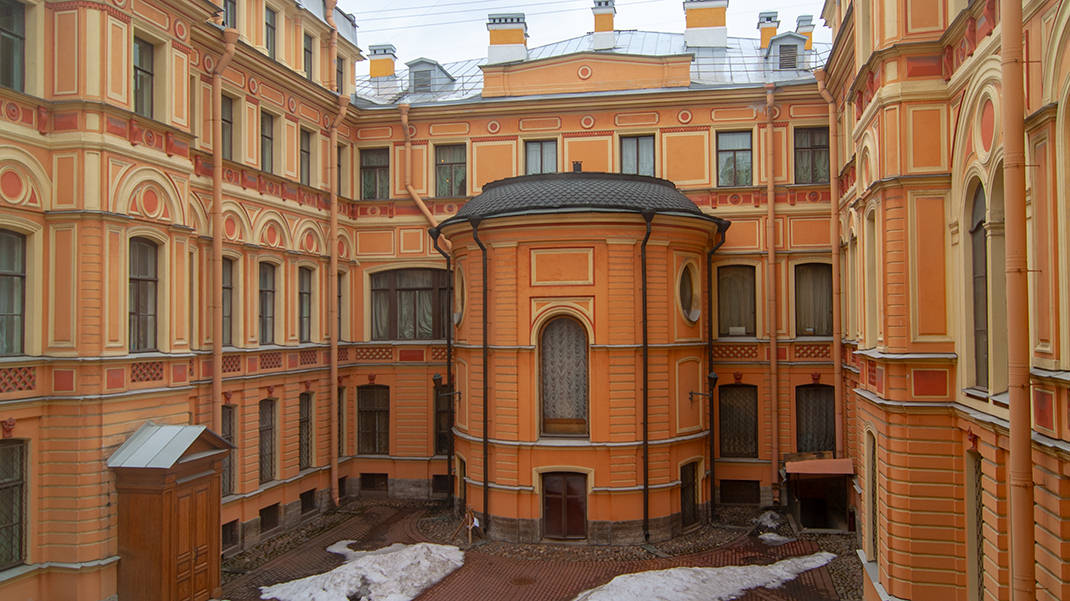
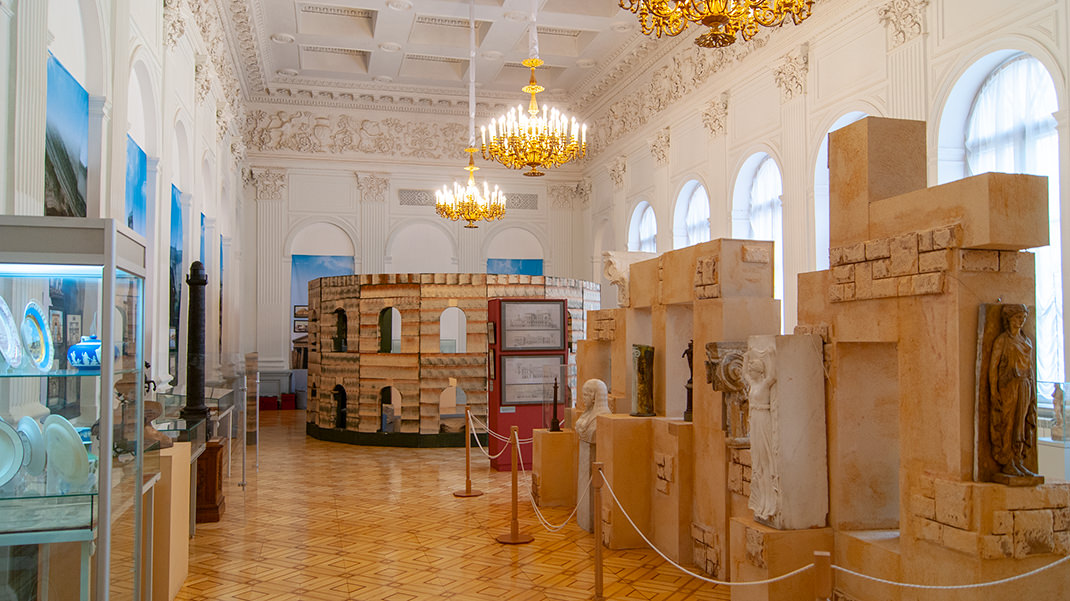
We then move to the Oak Study. Oak is the main element of the decoration here, with oak paneling on the walls and in the alcoves. The wood creates a cozy atmosphere. The walls are covered with what seems to be copper panels, but it is actually leather. Most of the leather paneling is original. During the Soviet era, the walls were covered with dermantin, preserving the beauty underneath. The Oak Study now serves as a conference room for the museum.
We continue to another room with oak and leather decoration. Besides this, two oak buffets attract attention. One is made by Russian craftsmen, and the other is a trophy German piece. The tour ends here, and we set off to explore the mansion on our own. It turns out there is still much more to see.
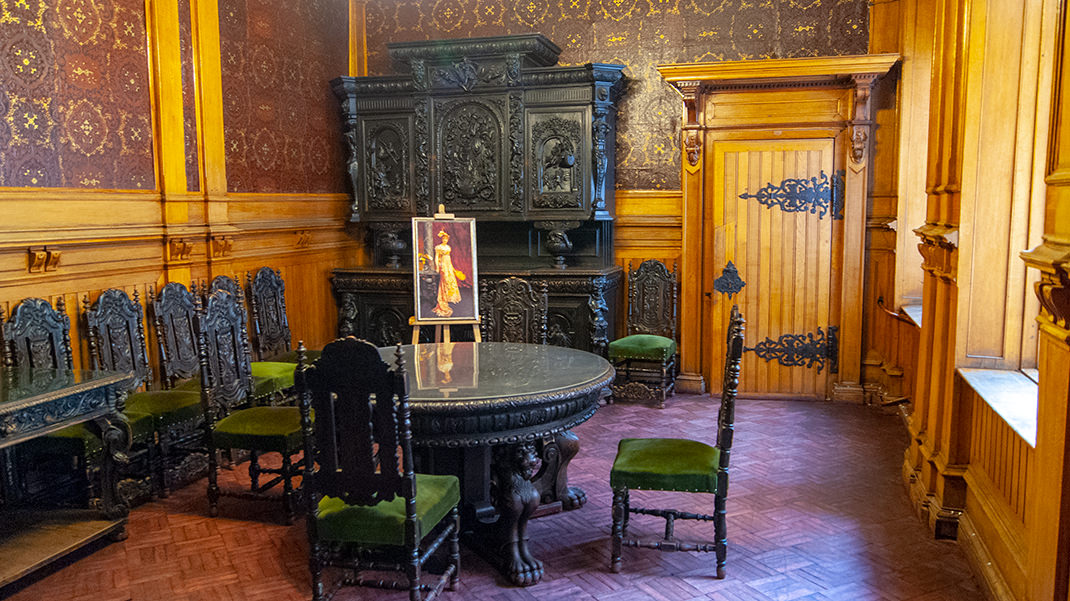
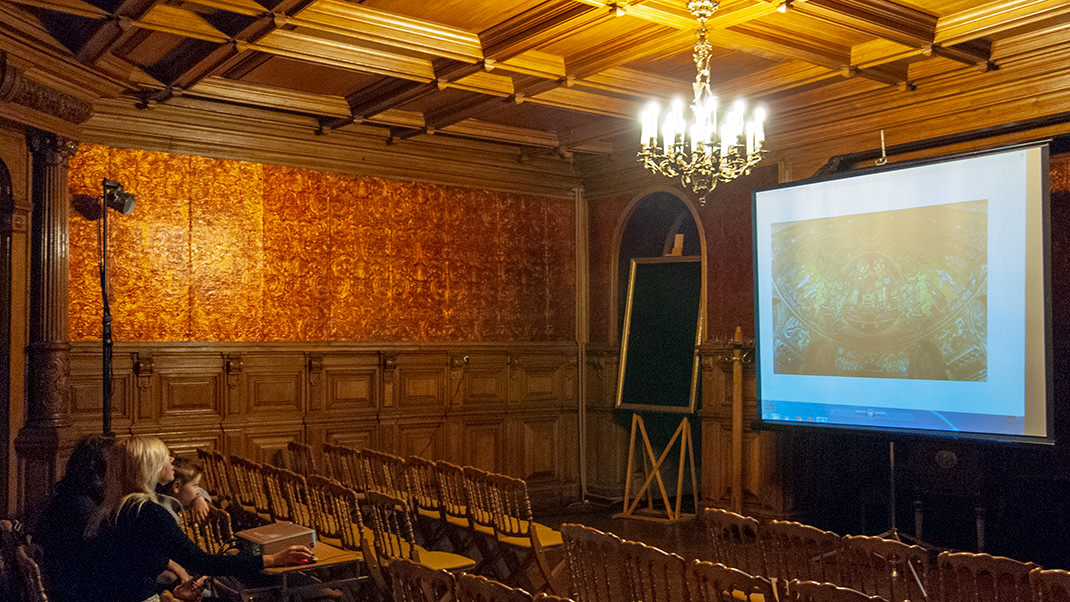
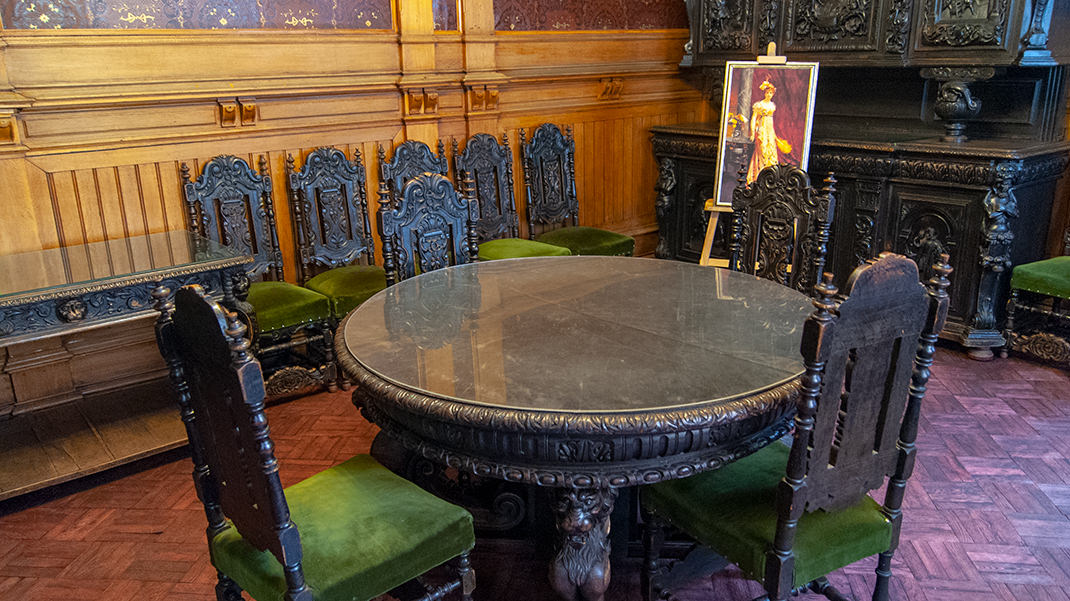
In good weather, after the tour, you can take a walk to other attractions in the Admiralteisky district, such as climbing the colonnade of St. Isaac's Cathedral.
In summary:
- Excellent tour of rooms not open to the general public;
- Wonderful view of English Embankment and Vasilievsky Island;
- The museum has many exhibits, all of which can be visited after the tour.


